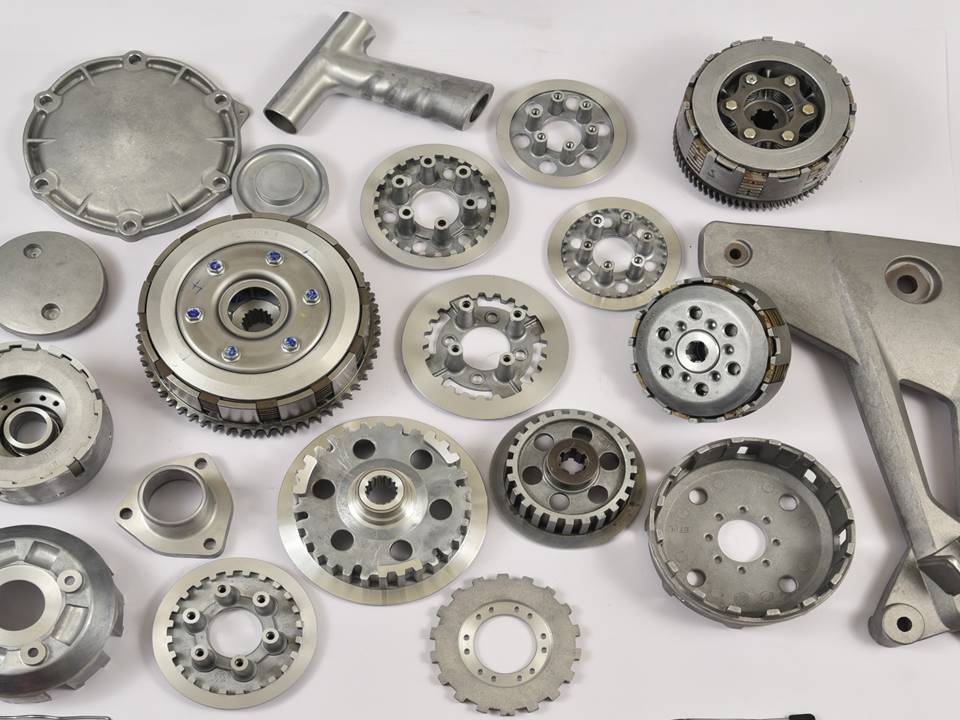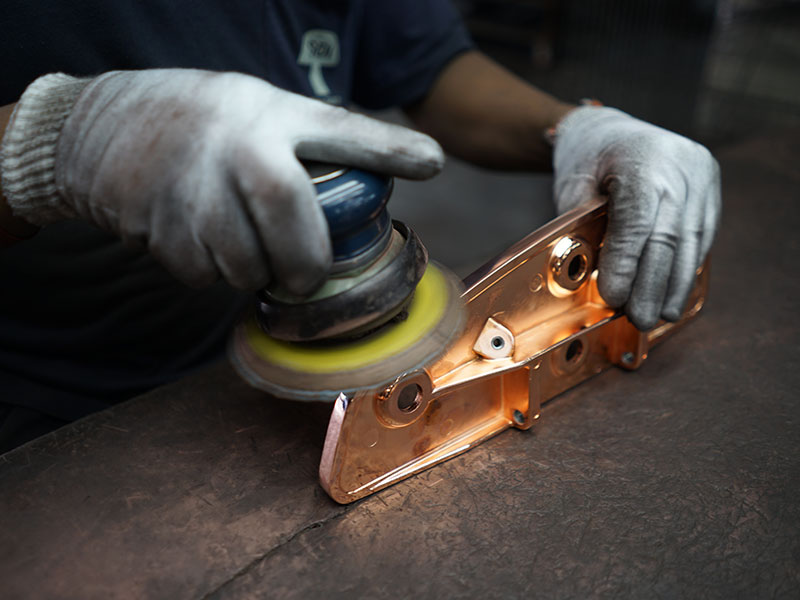The Intricacies and Importance of Diecasting in Fashionable Manufacturing
Diecasting is a sophisticated manufacturing technique that plays a vital role in creating sophisticated metal products with the highest precision and reliability. It involves the injection of the molten metal in a mold cavity under high pressure, making it possible to create detailed shapes and intricate designs that are difficult to accomplish using other methods. Diecasting is extensively used in diverse industries like electronic, aerospace, automotive and other consumer goods because of its effectiveness and capability to create quality parts. This article explores the intricate details of diecasting, discussing its techniques, benefits of the process, as well as its applications.
At the heart of diecasting is the mold known as a die. It carefully crafted out of toughened steel in order to stand up to any extreme elements of the casting process. The shape of the die is crucial, as it is required to support the molten metal's flow as well as solidification, while maintaining tight tolerances to ensure precision. In the process of diecasting, metals such as aluminum, zinc and copper are heated till they become molten. This molten metal is then introduced into the die chamber under high pressure, filling every crevice and crevice of the mold. The rapid cooling and finalization of the metal results with parts that show outstanding dimensional precision as well as a smooth surface finish, often making it unnecessary to perform additional manufacturing or finishing procedures.
One of the most significant advantages of diecasting is the effectiveness in large-scale production. When dies are made, the process can be repeated several times and with very little variance between the parts. This repeatability is essential for industries that demand large quantity of consistent parts. Diecasting is also known for its material efficiency. The process generates less waste compared to other methods of metal forming since any scrap metal is able to be reused and recycled. This reduces not just the cost of material but also promotes the use of sustainable manufacturing methods. The speed and efficiency of diecasting make it a perfect method for making large amounts of products quickly and reliably which allows manufacturers to adhere to tight schedules for production and the demands of markets.
Diecasting has numerous advantages regarding mechanical properties. Components produced through diecasting typically exhibit excellent strength and durability due to the fine grain structure formed during the rapid melting of the metal. These components are perfect for use in applications that require the highest performance and durability. In addition, the process allows to incorporate thin walls and complex elements but without degrading the structural integrity. This feature is especially useful for aerospace and automotive sectors, where the ability to reduce weight but maintaining strength is essential. A capability to manufacture light, but strong parts helps improve fuel efficiency and the performance of vehicles and aircraft. To acquire further details kindly head to https://www.senadiecasting.com.my/

Diecasting materials play a crucial role in the final properties and performance of the final product. Aluminum is one of the most popular materials used because of its superior strength-to-weight ratio, its resistance to corrosion and good thermal and electrical conductivity. Zinc alloys also have a cult following for their durability, strength, and the ability to produce components with fine detail. Magnesium alloys provide the advantage that they are the tiniest structural metal. This makes them perfect for use in areas where weight reduction is crucial. Copper alloys are more rare, are employed due to their high electro-conductive properties and corrosion resistance. The decision to select a material rests on the particular requirements of the project, which includes their mechanical properties, the environment conditions and price aspects.
Diecasting is an innovative manufacturing technique that blends high-quality, efficient, and versatility. The ability of diecasting to create complex, high-quality components with superior mechanical properties makes it vital in numerous industries. Diecasting's efficiency for mass production, together with its material and cost benefits, prove its importance for modern manufacturing. Since industries will continue to need quality and reliability components that are high-performance, diecasting will remain the foundational technology for technological innovation, and helping to facilitate the manufacturing of high-quality products that can meet requirements that are constantly evolving in the market. Due to its continuous advancement and use, diecasting exemplifies the intersection of excellence in engineering and manufacturing proficiency.